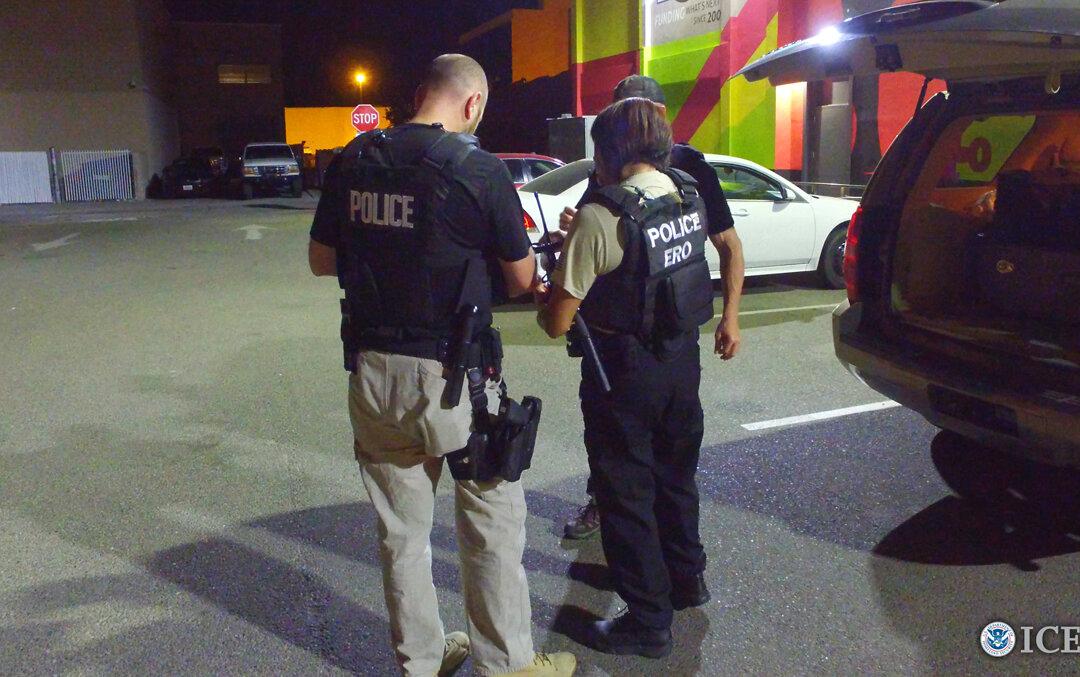WASHINGTON—One of the Trump administration’s main immigration goals is to end the practice of catch-and-release.
The same goal existed 12 years ago, in 2006, under former president George W. Bush, said Gary Mead, the former head of ICE’s enforcement and removal operations.





